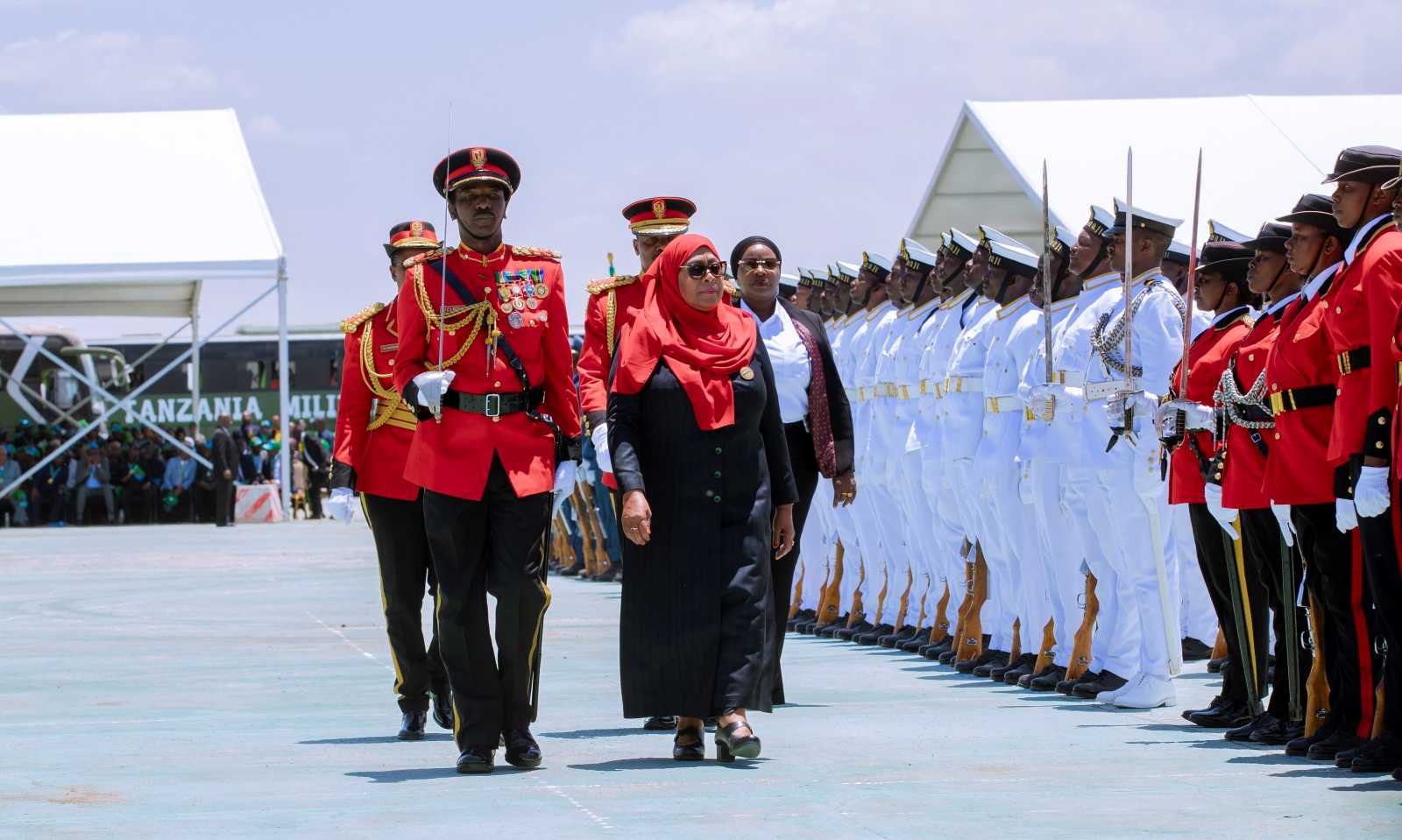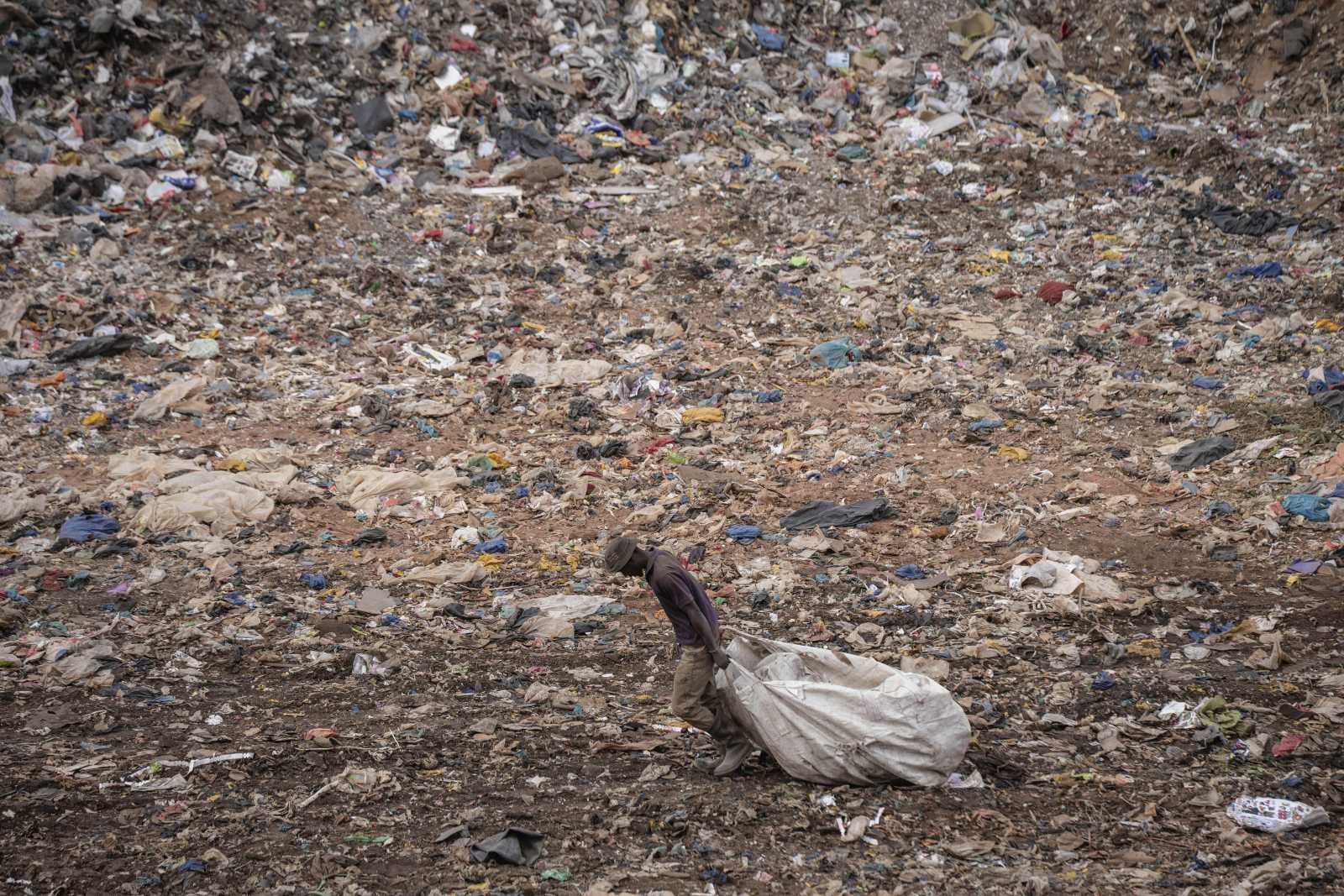Human rights
Unhealthy tradition
Introduced in March 2007, the ban was preceded by many years of raising awareness. Today, anyone who performs, aids, abets or is an accessory to female genital cutting faces up to ten years in prison. While the law is in place, enforcement procedures must yet evolve. Nonetheless, effects are already evident. As gender studies expert Diana Kuring of Magdeburg University reports , midwives have begun to refuse to carry out unhealthy traditions, referring to the law.
The government had planned to prohibit female genital mutilation (FGM) since independence in 1991. But the first steps it took focused on spreading information and breaking the taboo. Many in positions of responsibilty worried that Eritrean society was not yet ready for prohibition, and that legislation might force the practice underground. Opposition to female genital mutilation had grown during the long war of liberation, in which women and men fought side by side. The Women’s Union, the female arm of the liberation movement, led the fight to bring the practice to an end.
Even in the 1990s, nine out of ten girls underwent genital mutilation – the vast majority of them as infants. Reliable figures on the subsequent decline are not available because surveys so far have covered only girls aged 15 and over. However, gynaecologist Christoph Zerm, who has been a regular visitor to the country since 2000 and has prepared a study of female genital mutilation, reports that, according to estimates of his Eritrean colleagues, the number of mutilated girls has fallen roughly by half since the end of the 1990s.
“The issue has been in the press almost daily since the turn of the millenniuim,” Zerm reports. Nonetheless, it is hard to break age-old traditions. When two districts declared themselves “FGM-free” in early 2007, the government knew that society was ready,” the physician says, echoing the message from his contacts at the Eritrean Ministry of Health.
According to the German Foundation for World Population, around three million girls a year undergo genital mutilation – most of them in Africa. The World Health Organisation (WHO) identifies four different practices, distinguished by the severity of the surgery involved. The least severe type involves removal of the clitoris, often with the excision of the labia. In the most extreme form – known as infibulation – all external genitalia are removed and the vagina stitched and narrowed, leaving only a small opening for urine to pass through. A significant number of girls die as a result of this surgery – either from infections or from excessive bleeding. Furthermore, genital mutilation is one of the reasons for the high rates of maternal mortality in Africa.
The arguments advanced in support of the practice are wide-ranging. According to terre des femmes, most of them are rooted in tradition. Advocates regard the procedure as a means of preparing for adulthood, preserving virginity and maintaining cleanliness. (cir)







